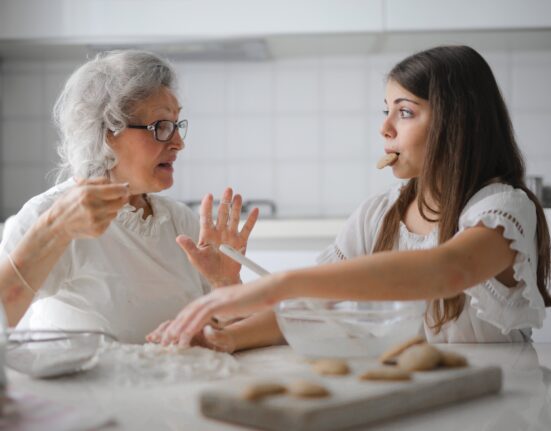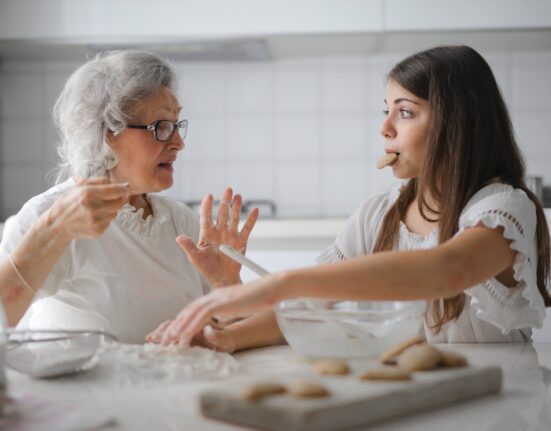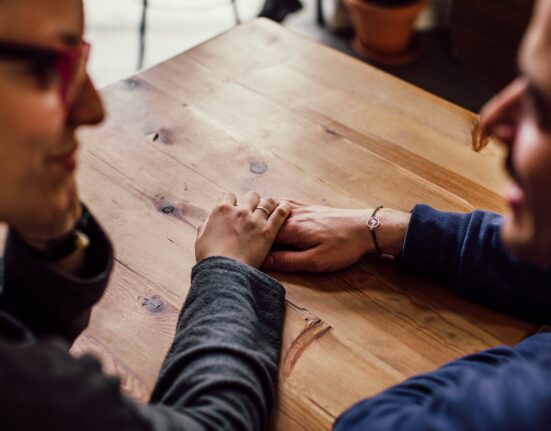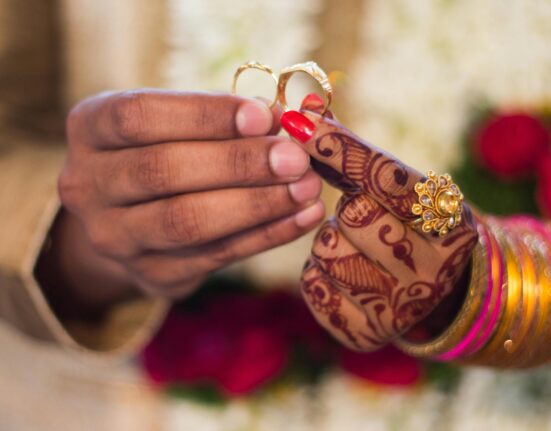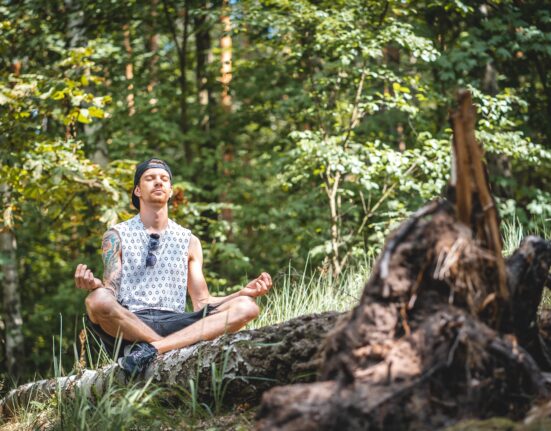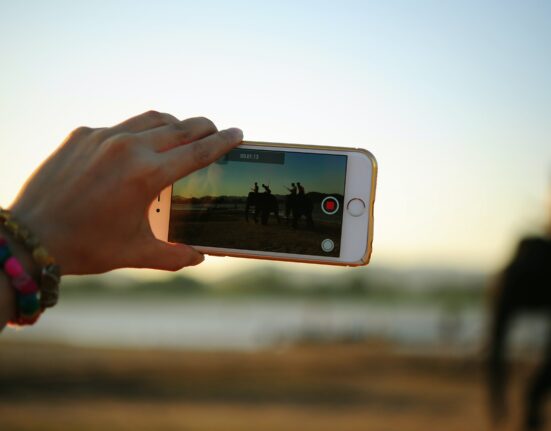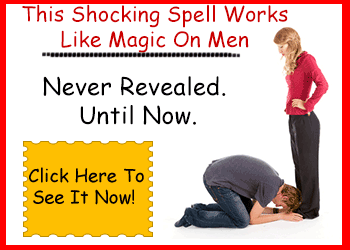The art of constructing perfumes originated in the traditional civilizations. They discovered that the mixture of essential oils and fragrant chemicals emit a nice and fragrant odour. In those precedent days, people even used flowers, herbs, dry fruits, and spices and continued perfecting the perfume-making equipment and techniques.
Crafting your individual fragrance at home not only offers a creative outlet but additionally lets you tailor your perfumes to suit your mood, style, and preferences. This guide will walk you thru the fundamentals of homemade perfumery, from choosing ingredients to mixing your first signature scent.
The Basics of Fragrance Crafting
When embarking on the journey of DIY perfumery, it’s essential to grasp the balance of scents, especially when working with strong perfumes. These potent essences might be overpowering if not used judiciously. Start with a vision of what you wish your fragrance to evoke — be it the freshness of a spring morning or the heat of a comfy evening by the fireplace. Remember, the great thing about homemade perfume lies in its ability to be perfectly attuned to your personal scent profile.
Choosing Your Ingredients
The first step in DIY perfumery is choosing your base, middle, and top notes. Base notes are the inspiration of your perfume, lasting the longest and giving depth. Common base notes include sandalwood, vanilla, and musk. Middle notes, or heart notes, form the core of your fragrance, making it nice and balanced. Floral scents like rose, jasmine, and lavender are popular selections. Top notes are the primary impression of your perfume, light and evaporating quickly, similar to citrus, bergamot, or peppermint.
Creating Harmony
The key to a successful DIY perfume is achieving harmony among the many chosen notes. Begin with a carrier oil like jojoba or almond oil as your perfume base. Add your base notes first, followed by middle after which top notes. A general ratio to follow is 20% top notes, 50% middle notes, and 30% base notes, but be at liberty to regulate in response to your preference.
Testing and Refining
Once blended, let your perfume sit for a couple of days to permit the scents to meld together. This resting period is crucial for the event of the fragrance. Afterward, test your perfume in your skin to see the way it interacts along with your body chemistry.
The Joy of DIY Perfumery
DIY perfumery offers an enriching and enjoyable experience, allowing you to delve into the art of fragrance creation. It’s a journey of discovery, experimentation, and ultimately, self-expression. As you explore different scents and combos, you’ll not only create something unique, but you’ll also gain a deeper appreciation for the complexities of fragrance.
Over to you
Have you tried crafting your individual perfume at home? What scents encourage you probably the most? Share your experiences and favourite blends!

